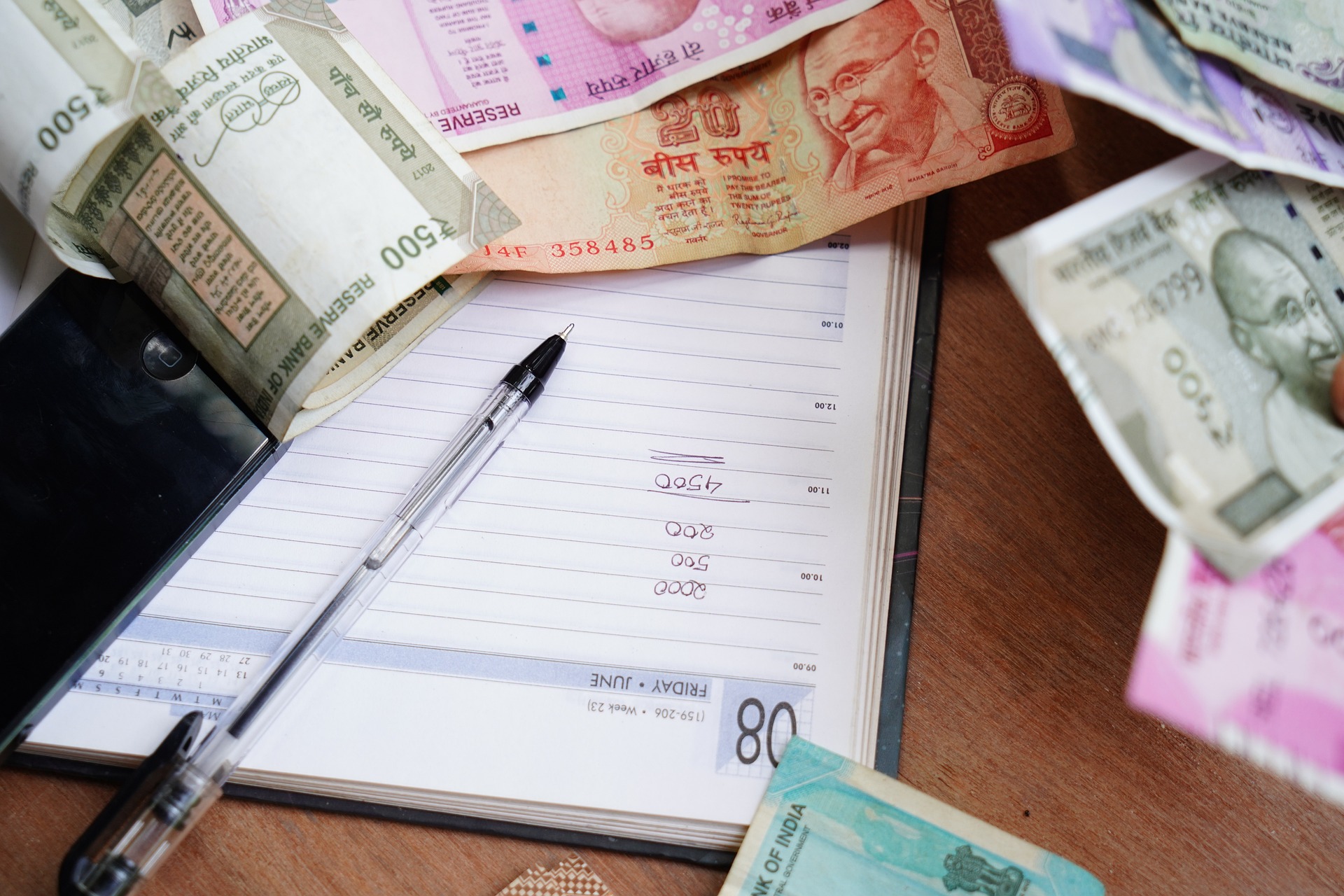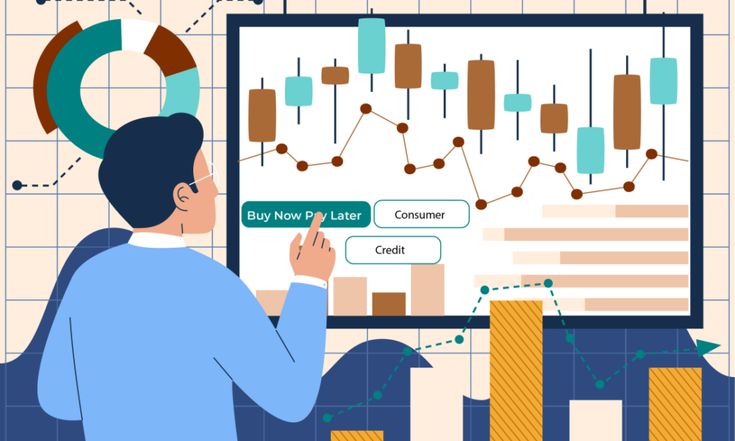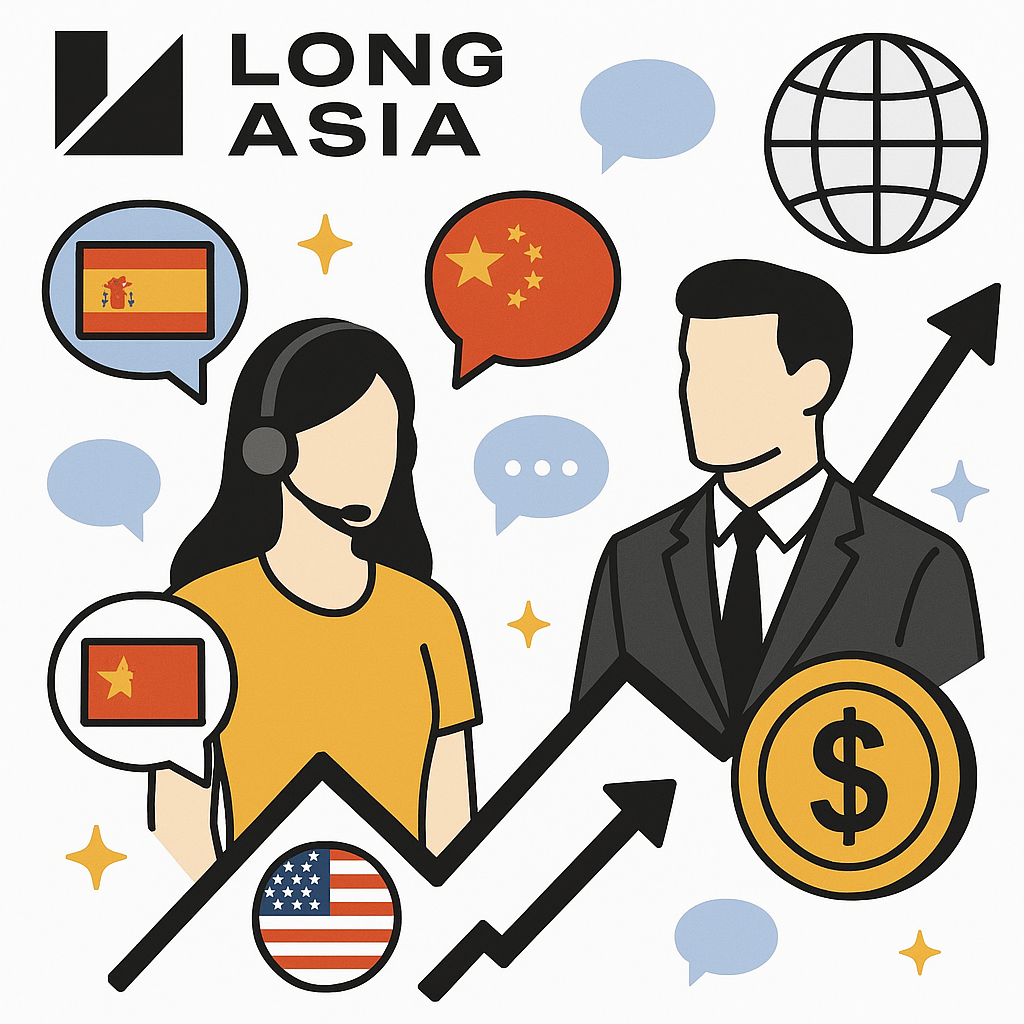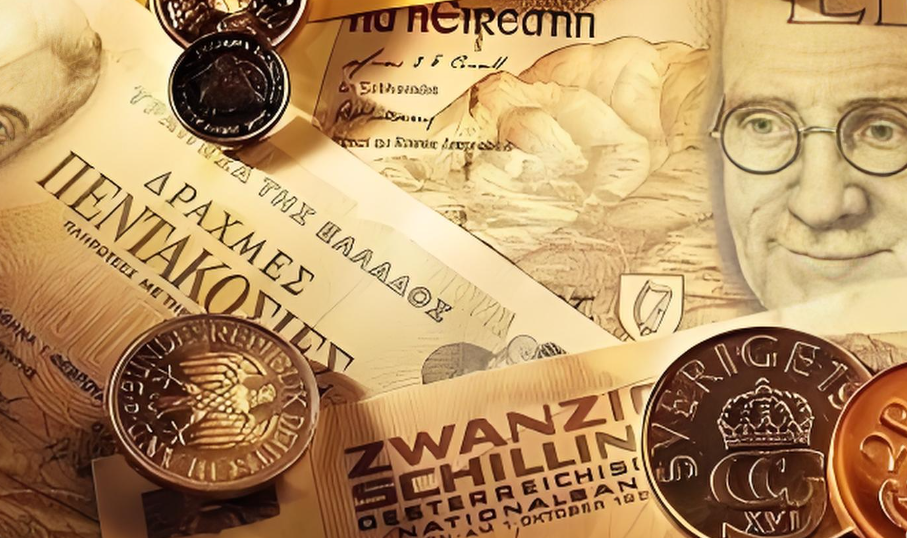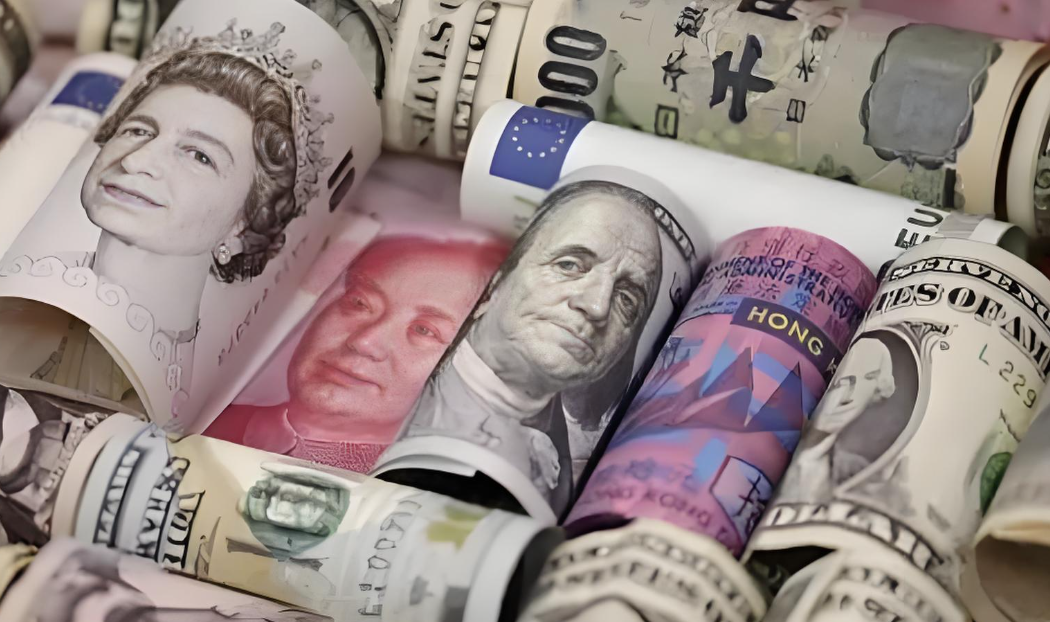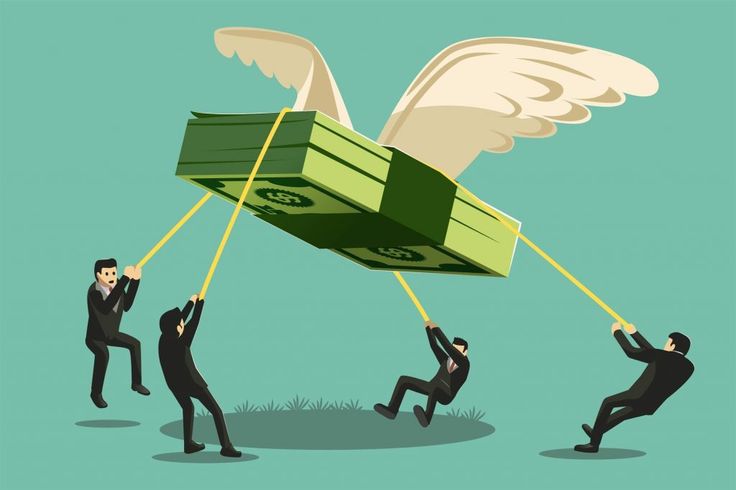
Inflation is a crucial concept in the world of economics, significantly affecting both individuals and the broader economy. By understanding inflation, we can better navigate its impacts on our financial well-being and the overall economic environment. This comprehensive guide delves into the intricacies of inflation, exploring its manifestations, causes, effects, and control measures, providing a well-rounded understanding of this economic phenomenon.
What is Inflation?
Inflation refers to the phenomenon where the purchasing power of a country’s currency decreases, leading to a general rise in the prices of goods and services. Essentially, over time, the same amount of money buys fewer goods and services. This gradual loss in value is a natural part of economic cycles but can have significant implications for both consumers and businesses.
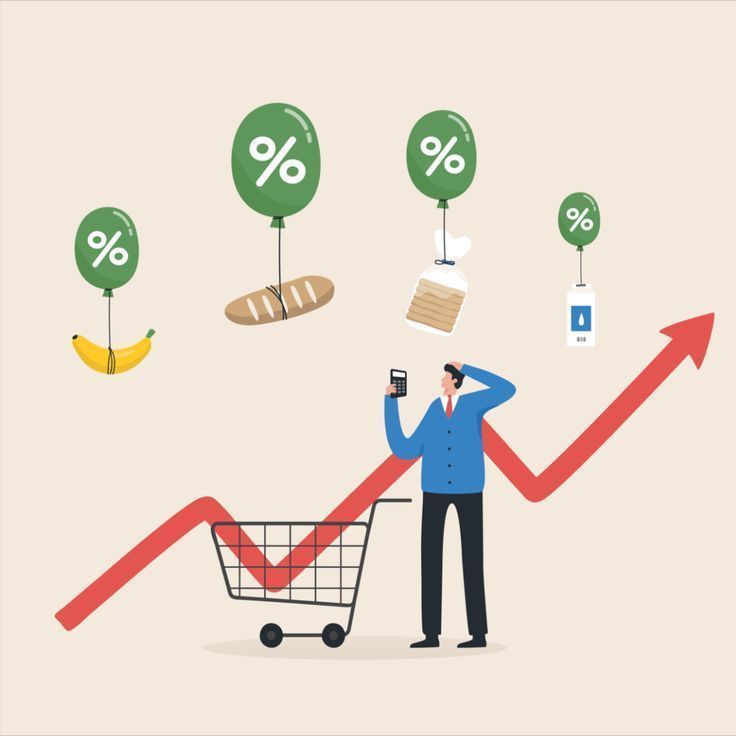
The Manifestations of Inflation
Inflation primarily manifests as a general and sustained increase in the price level of goods and services. This can be observed in various sectors, including food, housing, transportation, and education. The key characteristic of inflation is that it leads to a decrease in currency purchasing power, meaning consumers need to pay more money to acquire the same goods and services.
Measuring Inflation
Inflation measurement relies mainly on the Consumer Price Index (CPI) and the Producer Price Index (PPI).
Consumer Price Index (CPI):The CPI reflects the price changes of a basket of goods and services purchased by consumers. It is a critical indicator used to measure inflation by comparing the price of this basket over time.
Producer Price Index (PPI):The PPI reflects the price changes when producers sell goods and services. Unlike the CPI, which focuses on consumer prices, the PPI measures price changes from the perspective of the seller or producer.
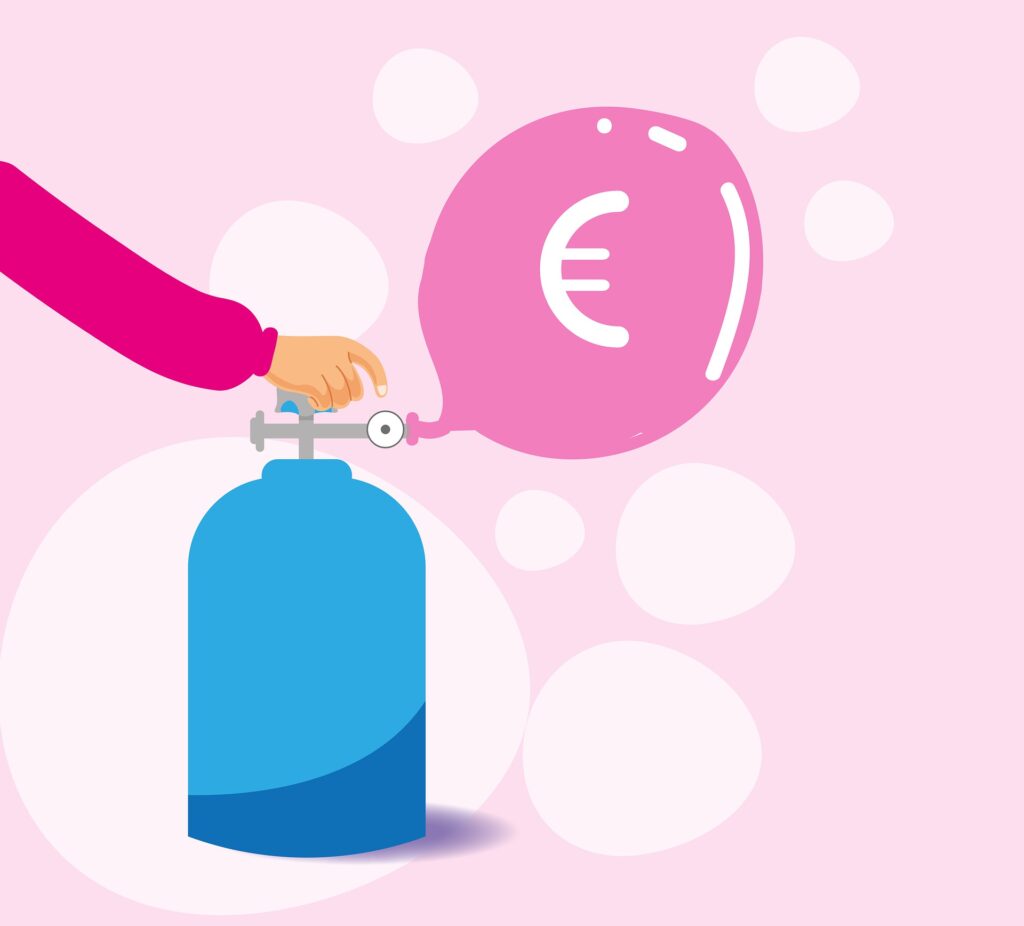
Causes of Inflation
The causes of inflation are complex and varied, mainly divided into demand-pull inflation and cost-push inflation.
Demand-pull Inflation:Demand-pull inflation occurs when overall demand in the economy exceeds total supply. In this situation, excess money chases relatively insufficient goods and services, causing prices to rise.
Cost-push Inflation:Cost-push inflation happens when production costs (such as raw materials, labor costs) rise. Producers increase the prices of goods and services to maintain profit levels, leading to higher consumer prices.
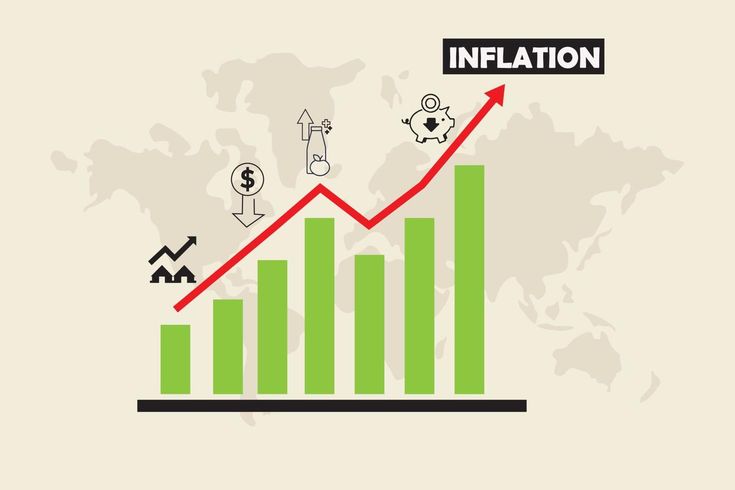
Effects of Inflation
Inflation has a broad and profound impact on the economy and society.
Decrease in Consumer Purchasing Power:As prices rise, the value of money decreases, meaning consumers can buy fewer goods and services with the same amount of money. This leads to a reduction in the quality of life for many people.
Income Inequality:Inflation can exacerbate income inequality. Fixed-income groups, such as retirees, do not see an increase in income with inflation, which can lead to a decline in their standard of living.
Investment Decision Distortion:Inflation can lead to changes in interest rates, affecting people’s savings and investment decisions. In a high-inflation environment, people may prefer to spend rather than save or seek high-risk investment channels for higher returns.
Controlling Inflation
Controlling inflation is one of the key goals of macroeconomic policy. Governments and central banks can take a variety of measures to curb inflation.
Monetary Policy:Central banks control the amount of money circulating in the economy through adjusting interest rates, changing the supply of money, and other means. Raising interest rates can encourage savings, reduce loans and spending, thereby slowing economic overheating and the pace of price increases.
Fiscal Policy:The government can suppress total demand and reduce inflationary pressure by increasing taxes or reducing public spending. Reducing government expenditure or increasing tax rates can withdraw excess money from the economy, decreasing the money chasing goods and services.
Income Policies:Governments and businesses can implement policies to control wage growth, to avoid the wage-price spiral effect. This effect refers to wage increases leading to higher production costs, which then push up product prices, creating a vicious cycle.
Supply-side Reforms:Controlling inflation can also be achieved by improving production efficiency and increasing supply to meet market demand. For instance, the government can invest in infrastructure, enhance production technology, or promote market competition through reforms to reduce costs and increase productivity.
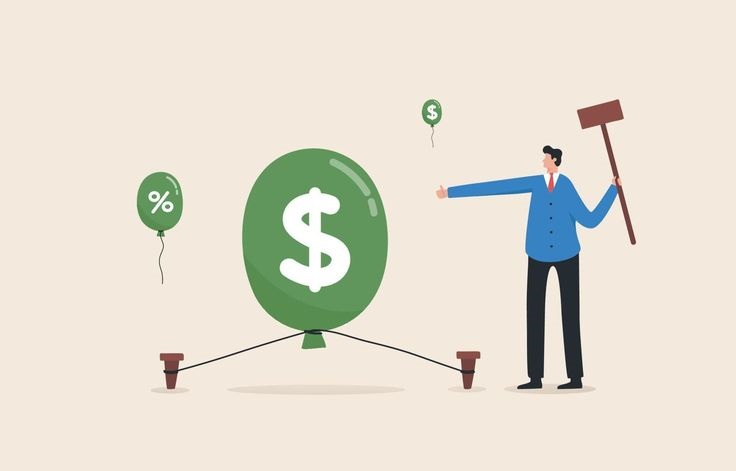
How Inflation Impacts Everyday Life
Inflation affects various aspects of daily life, from the cost of living to savings and investments.
Cost of Living:As inflation rises, the cost of living increases. Basic necessities such as food, housing, and transportation become more expensive, impacting household budgets.
Savings and Investments:Inflation erodes the value of savings. People may seek higher returns through investments to combat the declining value of their money.
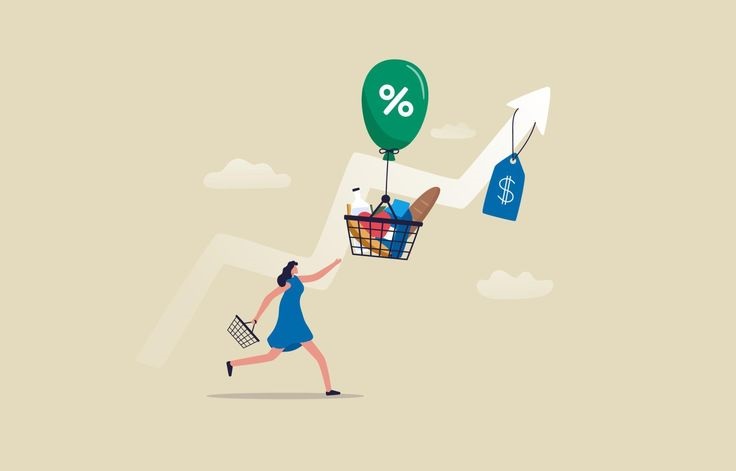
FAQs
What causes inflation?
Inflation is caused by factors such as increased demand for goods and services, rising production costs, and increased money supply.
How is inflation measured?
Inflation is measured using indices like the Consumer Price Index (CPI) and the Producer Price Index (PPI), which track price changes over time.
How does inflation affect savings?
Inflation erodes the value of savings, as the money saved today will buy fewer goods and services in the future.
What are the types of inflation?
The main types of inflation are demand-pull inflation and cost-push inflation.
Can inflation be controlled?
Yes, inflation can be controlled through monetary policies (adjusting interest rates, money supply) and fiscal policies (taxation, government spending).
Why is inflation important?
Inflation is important because it affects purchasing power, cost of living, and overall economic stability.

